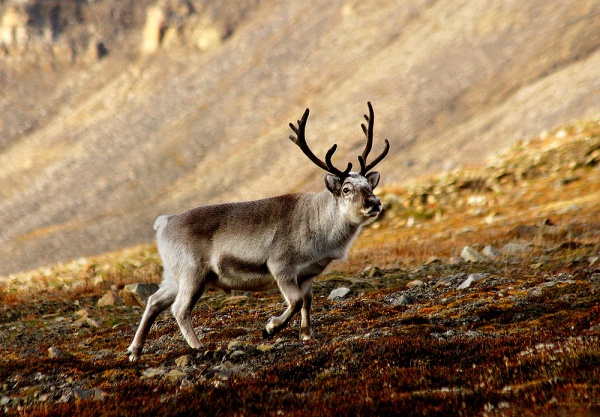Facts About Svalbard reindeer
The Svalbard reindeer, a unique and small subspecies of reindeer, inhabits the Svalbard archipelago in Norway. Adapted to the region's harsh climate, they are the only large grazing mammals in the European High Arctic.
Historically, these reindeer were nearly driven to extinction due to overhunting. However, their population has made a remarkable recovery, reaching approximately 22,000 individuals as of 2019. Scientists closely study these reindeer to understand how pollutants affect changing ecosystems.
During the brief Arctic summer, Svalbard reindeer feed on tundra vegetation to build up fat reserves for the long, harsh winter. They possess distinctive physical traits: short legs, small rounded heads, and thicker, lighter fur in the winter. Males grow large antlers in the spring and shed them by early winter, while females retain their antlers year-round.
Climate change poses a growing threat to the Svalbard reindeer. In 2019, an unusually warm winter caused ice to form on the tundra, leading to a mass starvation event as grazing became difficult. This highlights the ongoing challenges these resilient animals face as their environment continues to change.

 Sweden
Sweden